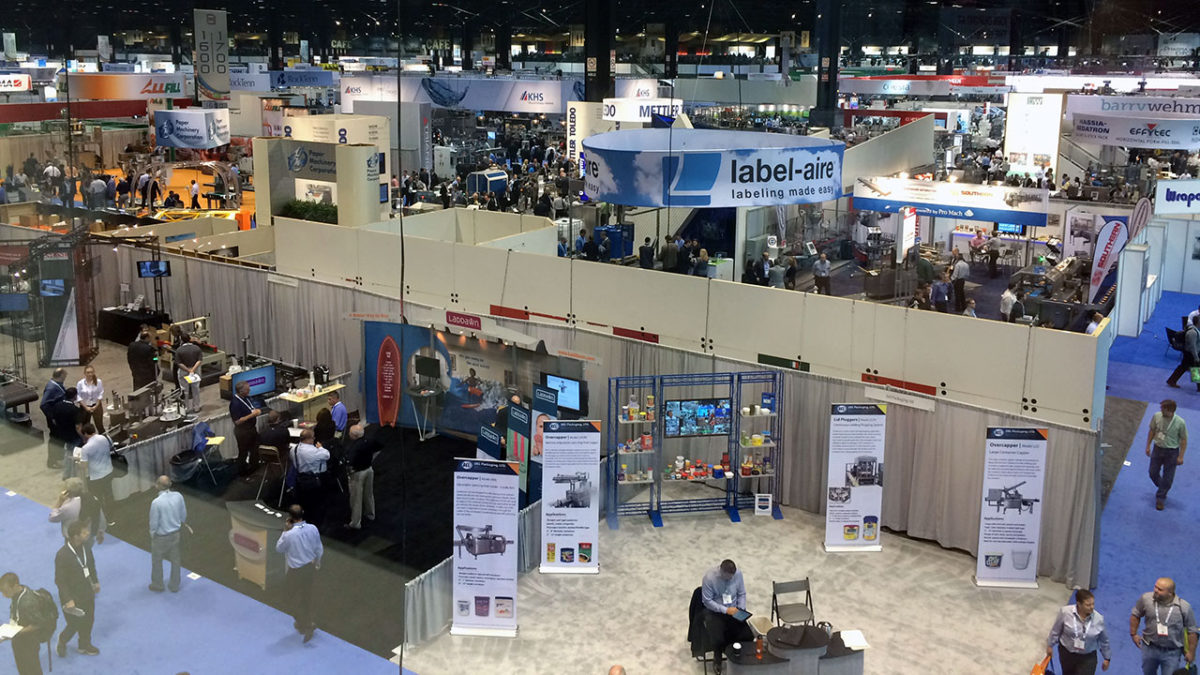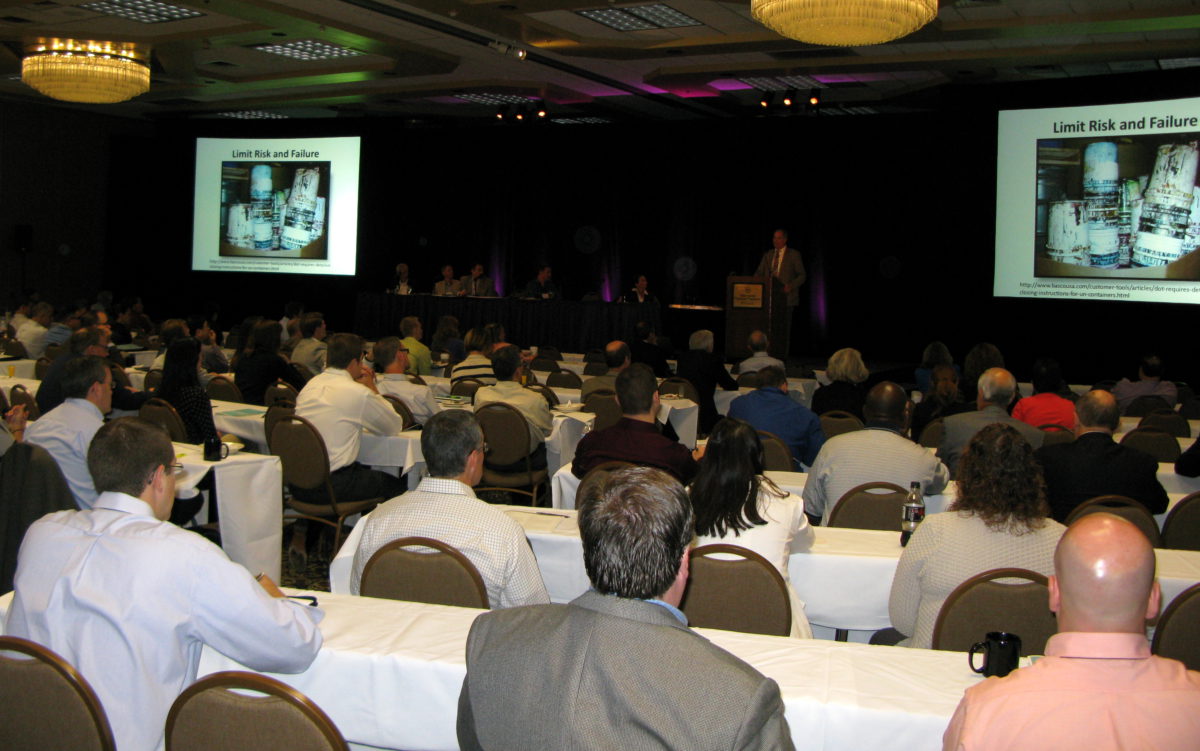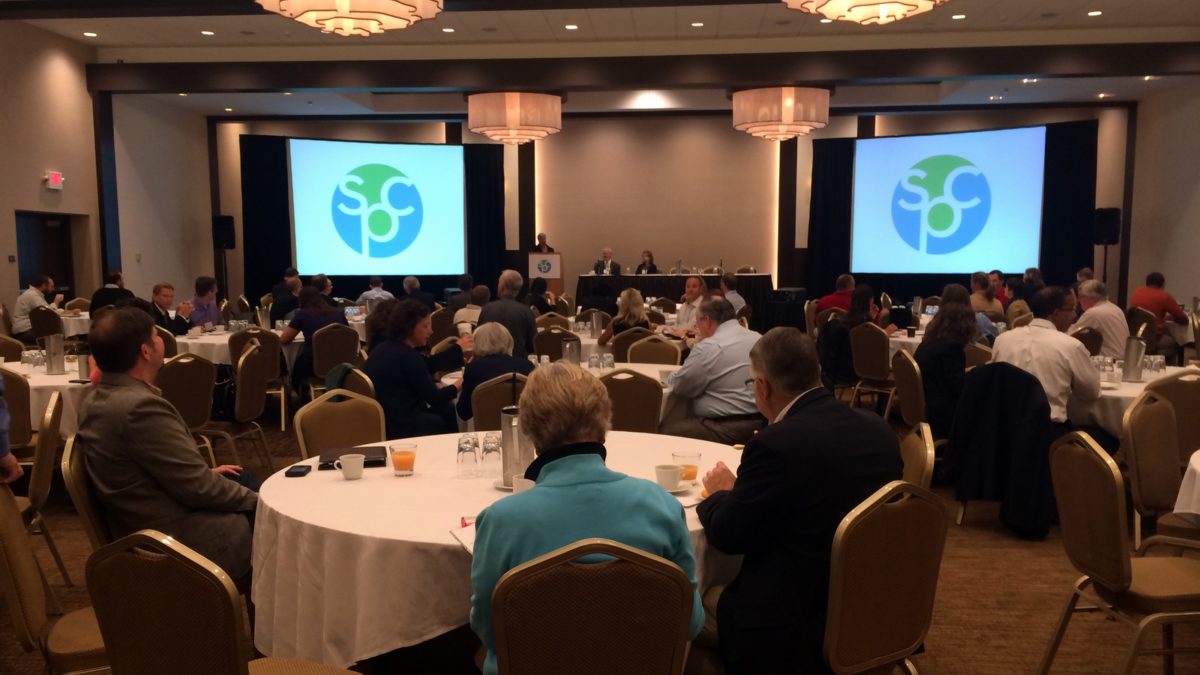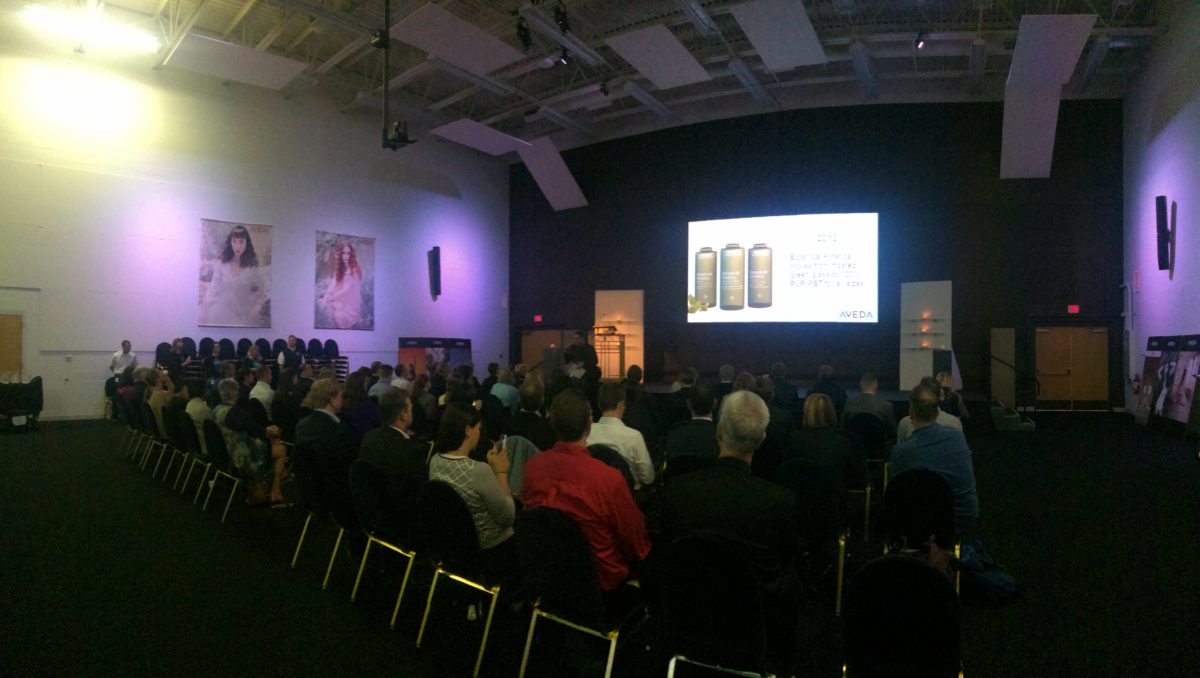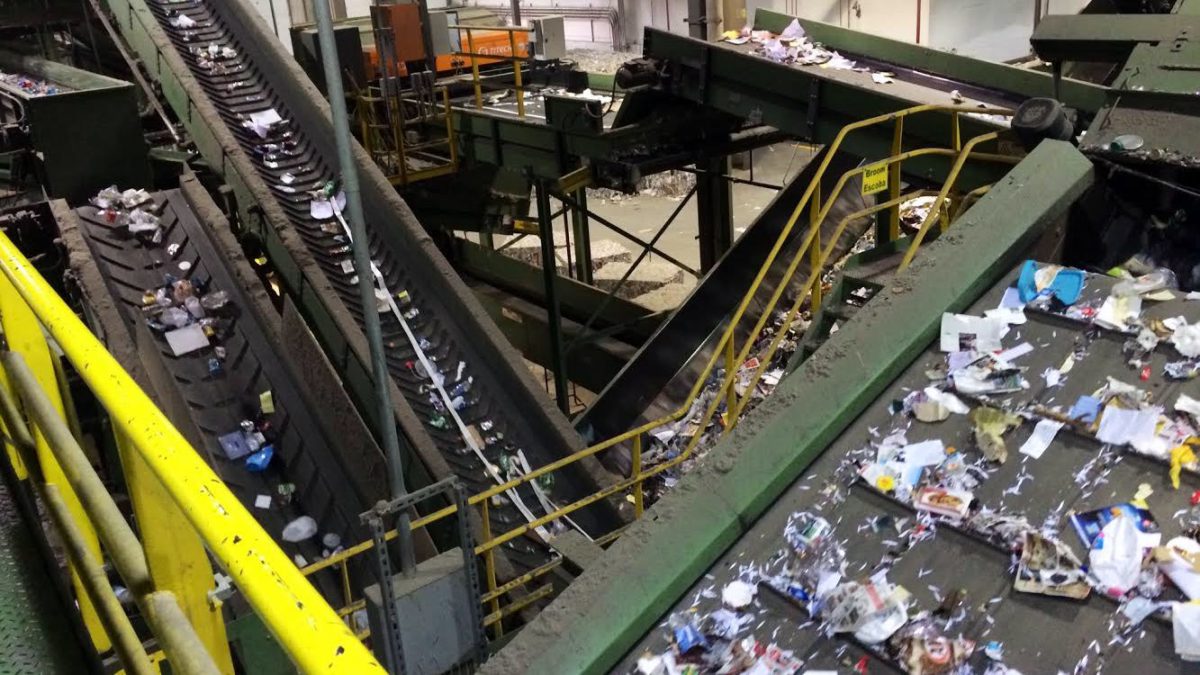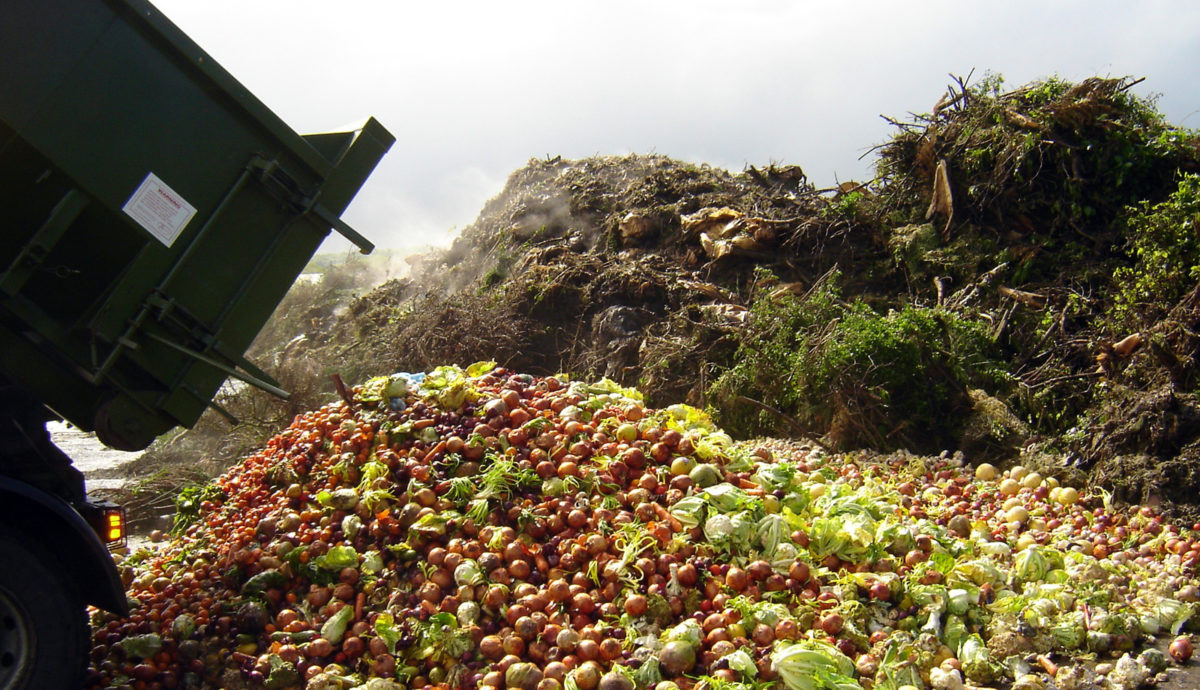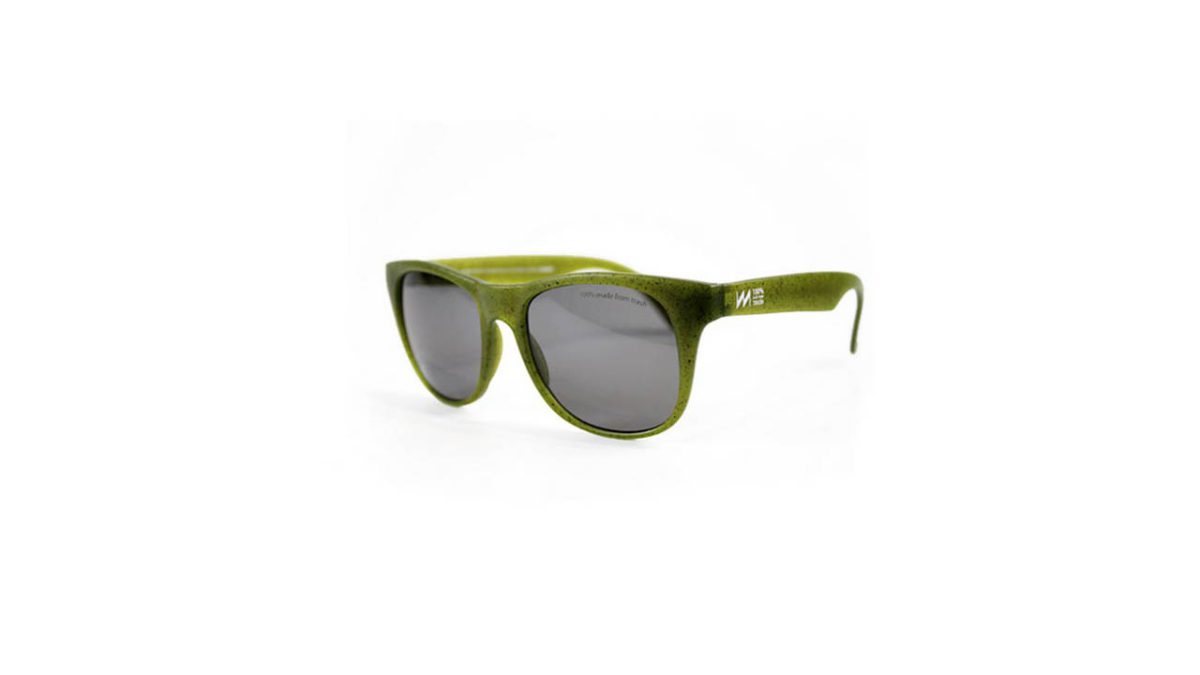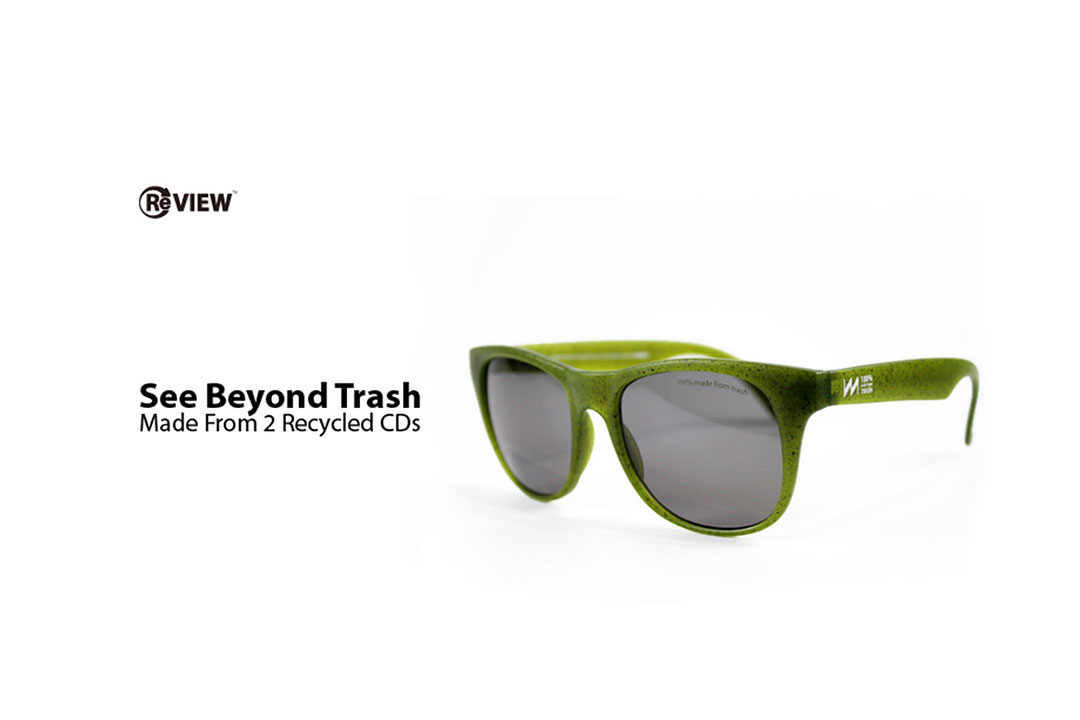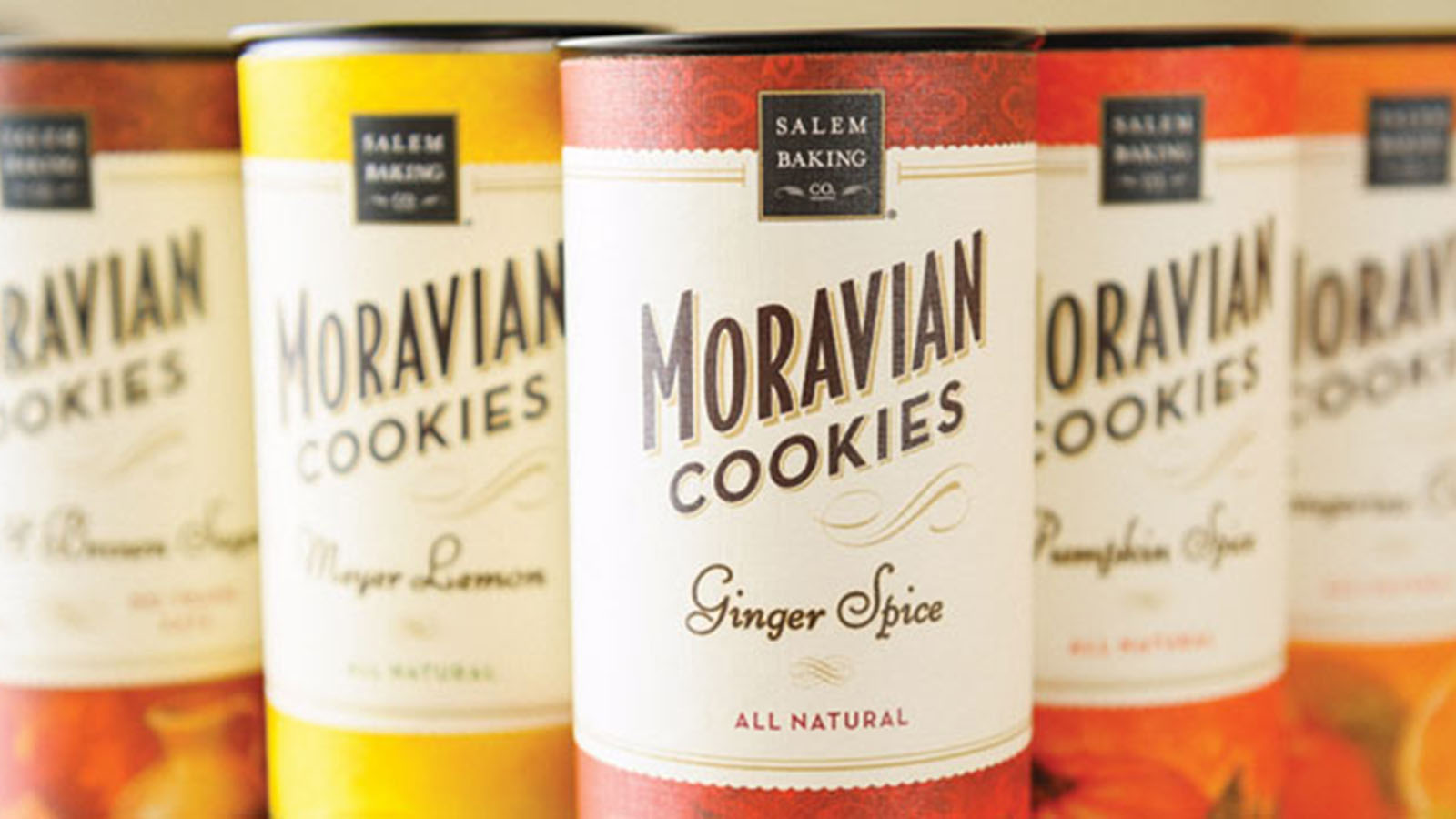PACK EXPO International 2014 delivered on its promise to bring the leaders of processing and packaging technologies together for an event like no other. After all of the business cards were exchanged, stories of frustrations and successes were shared, and questions like “what’s next”, “do you know someone that makes…”, and “what is GreenBlue and the Sustainable Packaging Coalition” were answered, we can reflect on the 4-day blur.
A few trends that stood out at Pack Expo 2014:
- Flexible packaging – I don’t think I was ever more than a stones throw away from a booth that offered some kind of flexible packaging solution. To this point, there were a handful of individuals that stopped by our booth specifically to discuss their technologies for recycling flexibles.
- Recycling and sustainability – Many people stopped by our booth to ask about recyclability, or recyclable alternatives. GreenBlue’s How2Recycle Label (How2recycle.info) caught the eye of many exhibit wanderers, and combined with our leftover halloween candy, lead to fascinating conversations.
- Show me the Green – Unlike the last time this event was in Chicago, many exhibitors were not actively advertising environmental attributes associated with their products or processes. Some of the exhibitors that I asked about sustainability gave half-hearted, stock responses, but I also got the impression that it isn’t something that their customers are asking for. The financial green is still the ultimate driver for many purchasing decisions. As one skeptical GreenBlue booth visitor said, “It will take a policy change for greater sustainability adoption.”
- Evolution – Products and packaging evolve rapidly. To maintain relevance, it is essential to keep up with the changing times. For GreenBlue, being able to understand the evolution of packaging systems and materials will help advance our philosophy of Using Wisely, Eliminating Toxicity, and Recovering More.
For GreenBlue, Pack Expo was an opportunity for us to share our work with many people who were not familiar with our programs, and to hear sustainability challenges from people outside of the Sustainable Packaging Coalition’s membership. The questions and discussions with non-SPC members reiterates the importance of the work that we do. For some visitors, sustainability is just starting to enter their production streams, while for others (many of the smaller start-ups that stopped by), it’s already embedded in their products and company’s DNA.
While we value all of these new connections and topics to be discovered, Pack Expo also gave us an opportunity to meet with a lot of our current SPC members. With about 25% of our members having a booth at Pack Expo or Pharma Expo, it was a great opportunity to connect and learn more about the companies we work with. It was also nice to see many familiar faces walking around and stopping by the GreenBlue booth.
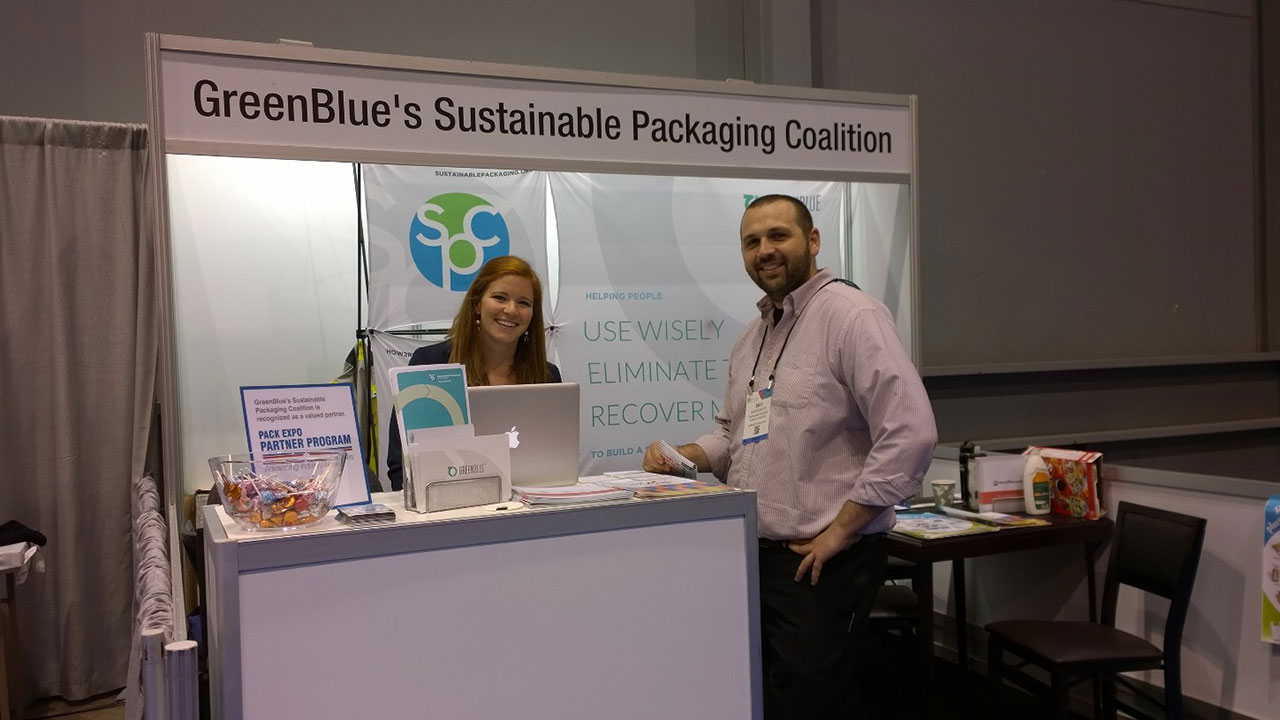
On behalf of the GreenBlue Team, we hope that everyone that stopped by our booth learned something and we want to thank everyone for sharing their unique stories. If you missed us in Chicago, but are interested in learning more about GreenBlue’s Sustainable Packaging Coalition, you can email Eric DesRoberts or join him on November 18, at 4:00 PM Eastern for an Introduction to the SPC Webinar.
